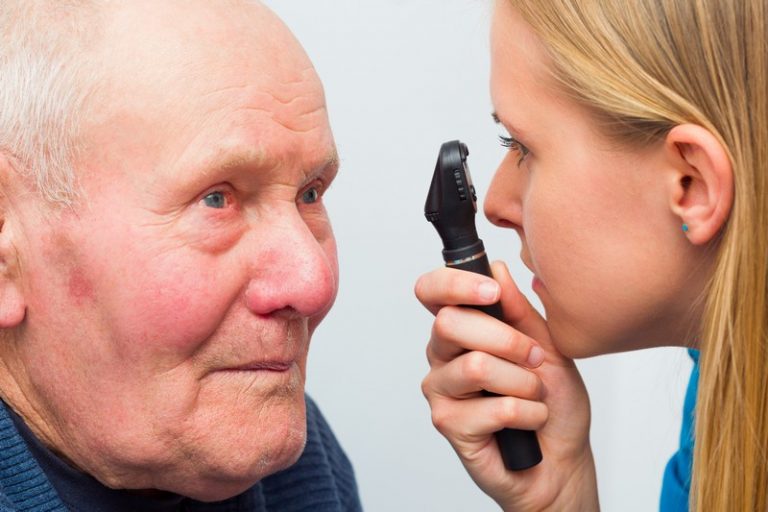GLAUCOMA RISKS AND REMEDIES
Glaucoma risks include a broad spectrum of factors, such as age, gender, race, where a person lives, and exercise habits. The disease can strike any age, including newborn babies. Congenital glaucoma is very rare and may be inheritable. While microsurgery to correct uncomplicated structural damage is very successful, others required surgery and a lifelong regime of medication to mitigate vision loss.
Women are more likely to develop the disease than men and risks increase with age. People of African descent are more likely than people of Norwegian ancestry to suffer from increased intraocular pressure disorders.
Preventive Steps
Since glaucoma is a progressive disease, early detection, and ongoing treatment are crucial to avoid total vision loss.
Many people don’t notice diminishing vision until the disease has progressed significantly. Eye exam frequency should be adjusted to the patient’s age group and risk factors. We recommend people with a familial history, where parents or siblings have the disease, schedule exams at least every one to two years after they turn 35. Twice-a-year exams are more appropriate for people 65 and older.
Moderate exercise, walking, jogging, or bicycling three times per week, lowers intraocular pressure. Exercise benefits are not cumulative – when you stop exercising, the benefits cease.
Every person can take steps to reduce their risks of developing glaucoma. What about you, do you know your family history and risk factors?









